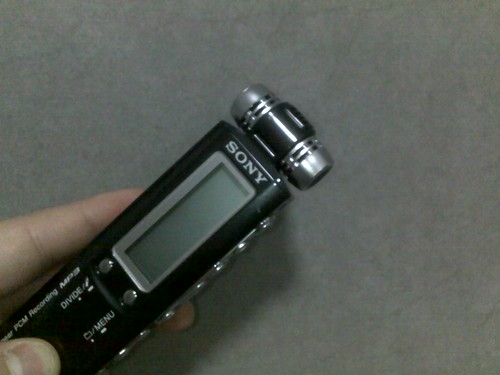 Discussion and dialogue are still the most effective ways of transferring knowledge from person to person.
Discussion and dialogue are still the most effective ways of transferring knowledge from person to person.Although, as Polanyi pointed out, "we know more than we can tell", we can still tell enough of what we know to transfer useful understanding and insight to someone else, until we see the Light-bulb moment of dawning comprehension*. This is especially effective when they are standing in front of us, asking questions, and taking an active part in trying to understand. That's why techniques such as Peer Assist, Knowledge Handover, Knowledge Exchange and so on are so powerful.
The challenge comes when we try to record the results of the discussion for others. Traditionally, facilitators of such events stand up the front of the room and write bullet points on a flip-chart. However when a good discussion gets going, there is no way that you can write bullet points quickly enough, and in enough detail, to capture the details, the subtleties and the context of what is being discussed. Bullet points may be useful aides-memoire for those who were part of the discussion, but are useless for anyone else.
You can do a better job sat at the table, taking shorthand, but for the best results, record the meeting.
Then, what do you do with the recording?
- Option 1 - transcribe it yourself. This is time consuming, but accurate. My favourite approach is to use voice recognition software trained to my own voice, and dictate into the computer while simultaneously listening to the recording (slowed down to about half speed). The transcription can be used as the basis for a Knowledge Asset.
- Option 2 - use a transcription service. This is quicker, but the transcription service will not understand any of the technical terms. You need to send them an entire glossary. The transcription can be used as the basis for a Knowledge Asset.
- Option 3 - edit the audio or video recording into a podcast or set of small snippets. This can be useful, but a recording of an active conversation (rather than an interview) is actually very difficult to follow.
- Option 4 - my preferred option - use options 1 or 2, and then in addition, get people to video-record a series of small summaries of the main points (rather like a big brother diary room).
Any one of these is infinitely better than bullet points on a flip chart.
*I am going to sidestep the issue of whether it is semantically correct to call this "Knowledge Transfer" or not. I have seen enough of these meetings over the last 20 years to know that *something* valuable is transferred, and that people leave the discussion with a great intellectual capability to take correct actions and decisions.




No comments:
Post a Comment